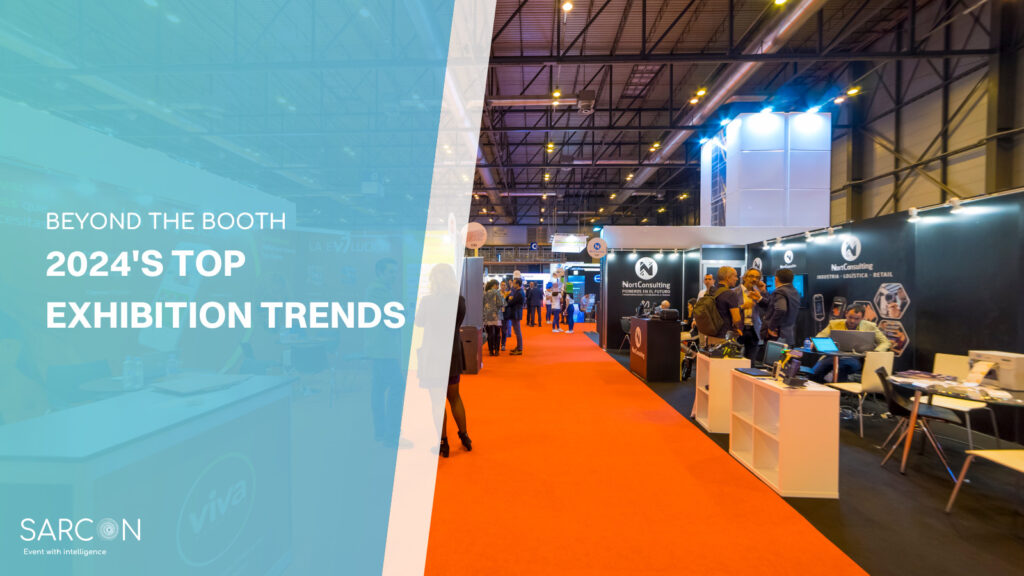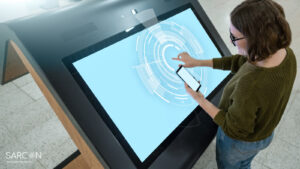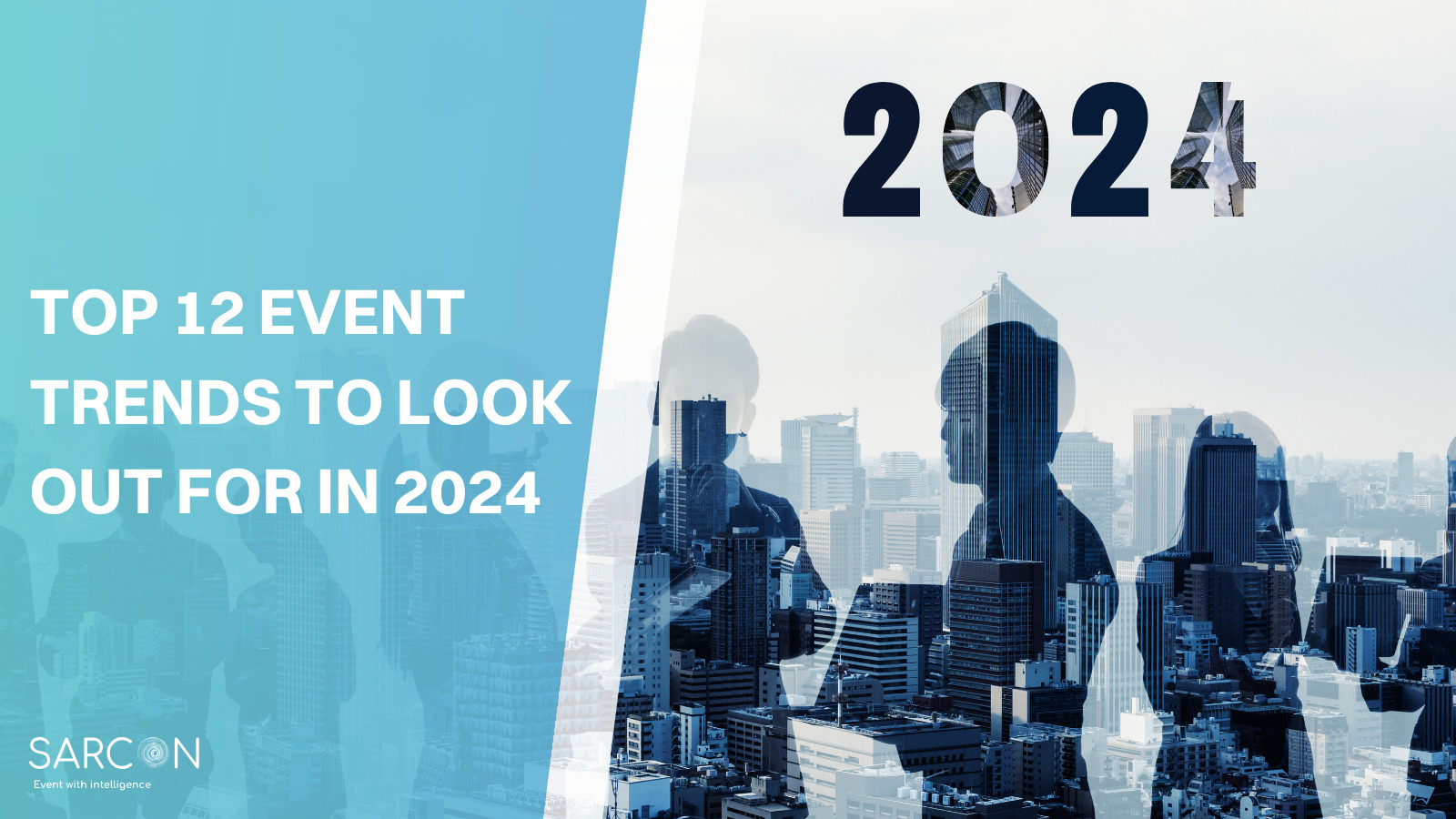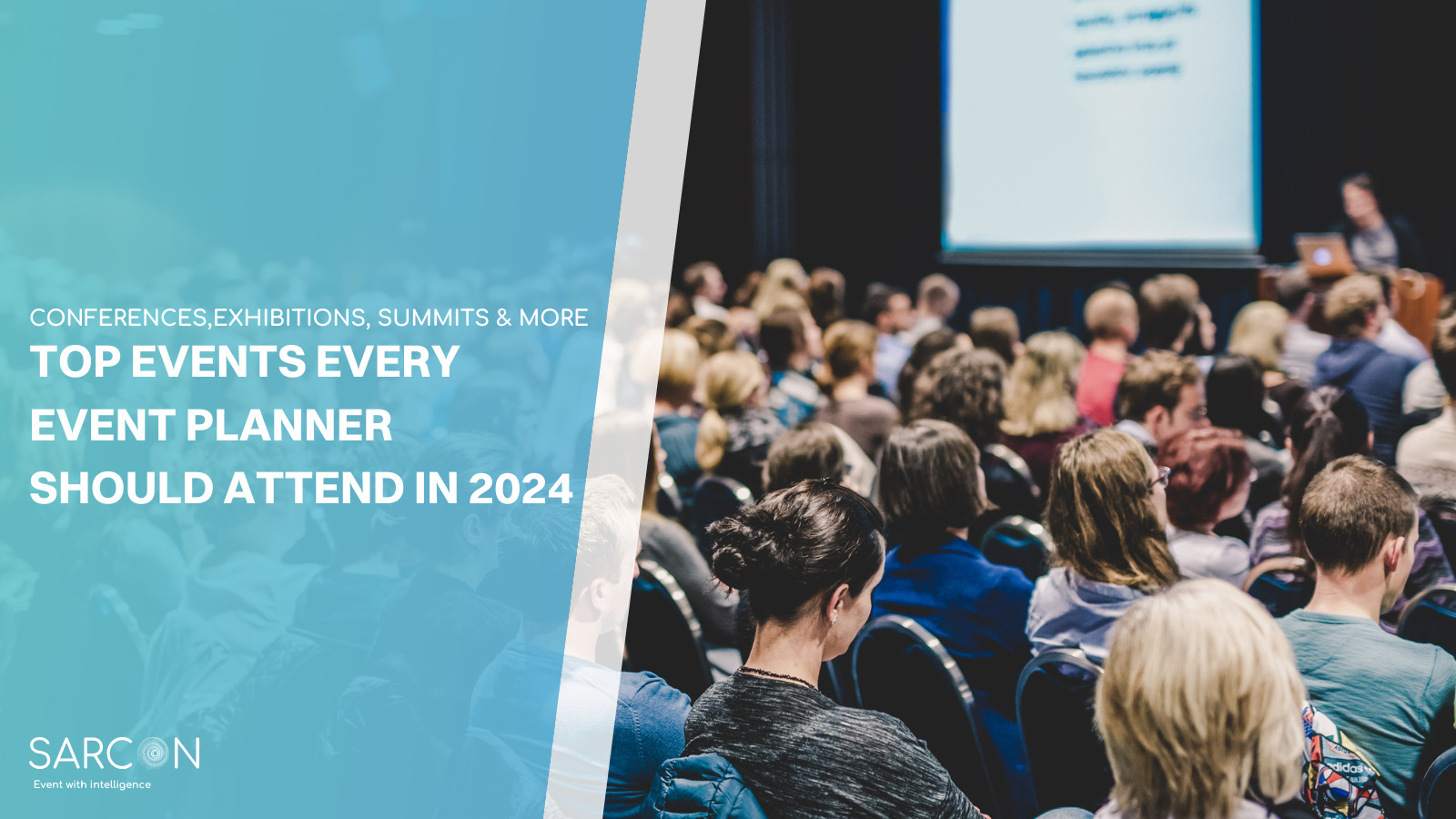The exhibition industry in 2024 is undergoing a transformative phase, heavily influenced by technological advancements, sustainability, and the quest for more engaging and personalized visitor experiences. Exhibitors and organizers are pushing the boundaries of innovation to create spaces that not only showcase products and services but also foster meaningful connections and memorable experiences. Let’s delve deeper into these trends, exploring the integration of interactive digital kiosks, mobile event apps and social media tie-ins that are enhancing the visitor experience.
Enhanced Use of Smart Technology
- Interactive Digital Kiosks: These kiosks have revolutionized information dissemination at exhibitions. By providing interactive maps, product information, and live demonstrations through touchscreens, they offer a hands-on approach to learning and discovery. Beyond enhancing visitor engagement, these kiosks serve as data collection points, offering insights into visitor interests and behaviors. This feedback loop allows exhibitors to tailor their presentations and products to meet the evolving preferences of their audience.
- Mobile App Integration: Custom mobile applications are bridging the gap between physical exhibitions and digital experiences. These apps can serve multiple functions, including providing audio guides, facilitating augmented reality experiences, personalizing content delivery based on user preferences, and enabling navigation through exhibition spaces through interactive maps. Mobile apps enhance the visitor experience by offering a layer of engagement that is both interactive and informative, extending the reach of the exhibition beyond its physical boundaries.
- Virtual Reality (VR) and Augmented Reality (AR): The use of VR and AR technologies is creating immersive environments that transport visitors to different worlds, from walking through a digitally reconstructed Rome to exploring a virtual art gallery. These technologies enhance physical exhibition experiences by adding interactive 3D models, animations, and contextual information to static displays.
- Artificial Intelligence (AI): AI is revolutionizing trade show booths by offering personalized experiences and efficient data analysis. Features like AI-driven language translation tools, AI assistants to guide visitors, chatbots for attendee queries, and AI-matchmaking software to analyze visitor data based on interests are becoming commonplace. These tools help in creating a more engaging, informative, and efficient visitor experience.
Sustainability in Booth Designs
- Recycled and Reusable Materials: The use of recycled materials is at the forefront of sustainable booth design. Exhibitors are increasingly opting for materials such as recycled metals, plastics, and sustainable woods to construct their displays. This approach not only reduces waste but also supports circular economy principles by giving materials a second life. Modular designs are gaining popularity for their ability to be reconfigured and reused across different shows, drastically reducing the need for new materials and minimizing waste.
- Energy-Efficient Lighting: Lighting plays a crucial role in creating an inviting atmosphere at booths while also being a significant energy consumer. The adoption of LED lighting is a key element in sustainable booth designs, offering a solution that consumes less energy and has a longer lifespan compared to traditional lighting options. Innovations in lighting technology also include the integration of motion sensors and timers to ensure lights are used efficiently, only illuminating spaces when needed and reducing unnecessary energy consumption.
- Waste Reduction : Waste management is a critical aspect of sustainable exhibition practices. Many exhibitors are moving towards digital brochures and interactive digital displays to minimize the use of paper and other disposable materials. The emphasis on recycling and composting within the exhibition space further contributes to waste reduction efforts. Additionally, strategies such as water refill stations and the avoidance of single-use plastics are becoming more common, reflecting a commitment to environmental stewardship.
- Eco-Friendly Practices: Sustainable booth designs often go hand in hand with broader eco-friendly practices, such as selecting venues that adhere to green building standards . Exhibitors are also considering the carbon footprint of their transportation and logistics, opting for local suppliers and materials whenever possible to reduce emissions associated with shipping.
For more information read : The Role of Technology in Promoting Sustainability at Events
Design Trends For Engagement
- Touchscreens and Interactive Panels: These are among the most common forms of interactive displays, allowing users to navigate through information, play interactive games, and engage with multimedia content. They can range from simple touch-enabled monitors to large, wall-mounted panels that multiple people can use simultaneously.
- Gesture-Based Interfaces: These interfaces detect and respond to physical movements, allowing users to interact with displays through gestures such as swiping, pointing, or waving. This form of interaction can be particularly engaging for installations where touch is not ideal, providing a futuristic and intuitive user experience.
- Multi-Sensory Experiences: Exhibitions are moving towards engaging multiple senses to create a fully immersive environment. This includes the use of scent marketing to evoke specific emotions or memories, tactile installations for deeper engagement, and dynamic LED light displays for a visual spectacle. These elements are designed to make exhibitions more impactful and memorable by stimulating sight, sound, touch, and even smell.
- Social Media Integration: The role of social media in exhibition design is becoming increasingly significant. Designers are creating ‘share-worthy’ spaces that not only provide information and engagement but also encourage visitors to share their experiences on social media, extending the reach and impact of the exhibition. A standout feature in modern exhibitions is the incorporation of live social media walls. These digital displays aggregate and showcase posts, tweets, photos, and videos tagged with the exhibition’s designated hashtag in real-time.
Conclusion
In summary, the top exhibition trends of 2024 are characterized by the innovative use of technology to create immersive and interactive experiences, a strong focus on sustainability, and the design of engaging and personalized environments. These trends reflect the evolving expectations of both exhibitors and attendees, aiming to create spaces that are not only visually appealing and informative but also environmentally responsible and deeply engaging.
FAQs
What innovative practices are exhibitions adopting to become more sustainable and eco-friendly?
Exhibitions are adopting innovative practices such as using sustainable materials for booth construction, implementing digital ticketing and brochures to reduce paper waste, and incorporating energy-efficient lighting and displays. Additionally, many are engaging in carbon offsetting initiatives and encouraging public transportation to minimize the environmental impact of their events.
In what ways are exhibitions leveraging social media to extend their impact beyond the physical event?
Exhibitions are leveraging social media through live streaming events, hashtag campaigns, interactive polls, and user-generated content contests to extend their impact. These strategies not only increase visibility but also foster a sense of community and engagement among virtual attendees, allowing the exhibition’s influence to resonate well beyond its physical boundaries.
How does the focus on accessibility and inclusivity benefit exhibitions and their audiences?
Focusing on accessibility and inclusivity benefits exhibitions by ensuring that they are welcoming and accessible to a diverse audience, including those with disabilities, seniors, and non-native speakers. This approach broadens the exhibition’s appeal and reach, promotes social inclusion, and enriches the experience for all attendees by fostering a diverse and inclusive environment where everyone can learn and engage.
What role does data play in shaping the future of exhibitions, and how are exhibitors leveraging it?
Data plays a crucial role in shaping the future of exhibitions by providing insights into visitor behavior, preferences, and engagement patterns. Exhibitors leverage this data to optimize booth design, content, and placement, tailor marketing strategies, and improve overall visitor experiences. Data analytics enable a more personalized and effective approach to exhibition planning and execution, ensuring that both exhibitors and attendees derive maximum value from the event.






